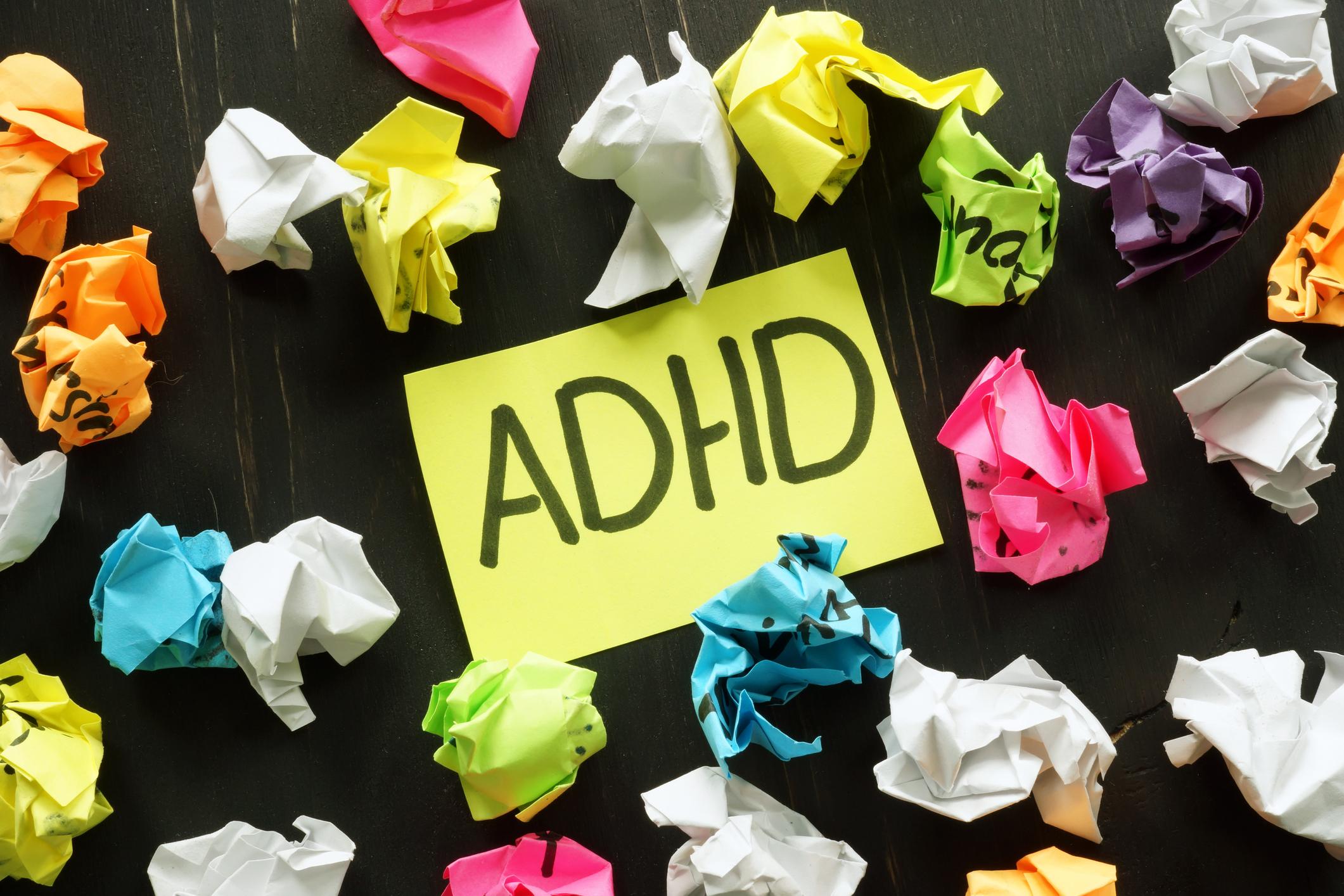October is ADHD Awareness Month. As a long-time provider of specialized care for Attention-deficit/hyperactivity disorder (ADHD), we’d like to share answers to some of your most common questions.
ADHD is part of a group of neurodevelopmental disorders. These disorders affect the development of the nervous system, which in turn affects how the brain functions. People with ADHD may have trouble paying attention, may be impulsive (act without thinking ahead) or be exceedingly active.
ADHD Types
Attention deficit disorder (ADD) is now included in the same diagnostic category as ADHD. This term used to refer to children who had symptoms of ADHD without hyperactivity.
There are three main types of ADHD. The type a child is diagnosed with depends on which symptoms are most prominent. Symptoms may range from mild to severe.
- Predominantly Inattentive: easily distracted, forgetful, has trouble organizing or finishing a task, difficulty paying attention to details or following instructions.
- Predominantly Hyperactive-Impulsive: restless, fidgets, has a hard time sitting still, seems to be constantly in motion. Talks a lot, interrupts others, speaks at inappropriate times. Impulsive: has trouble taking turns, resisting urges or avoiding risks.
- Combined: Inattentive and Hyperactive-Impulsive symptoms are roughly equal.

ADHD Facts and Figures
ADHD is one of the most common childhood neurodevelopmental disorders. According to the latest National Survey of Children’s Health (NSCH), 9.4 percent (6.1 million children) in the United States had been diagnosed with ADHD at some point in their lives.
In 2015-16, 14 percent of boys and 6.3 percent of girls had ADHD, according to the National Health Interview Survey (NHIS).
The National Resource Center on ADHD states that more than 75 percent of children with ADHD continue to exhibit symptoms as adults.
The Warning Signs in Children
It’s normal for children to space out, act up or bounce off the walls sometimes. For a child with ADHD, however, inattentiveness and/or hyperactivity-impulsiveness is a recurrent pattern that causes problems at home, at school, or in relationships with others.
An ADHD evaluation should be done by an experienced healthcare professional, either the child’s pediatrician or primary care provider or a psychiatrist. Diagnosing the disorder takes a series of steps, where doctors will study your child’s behaviors and progress toward developmental milestones.
This diagnostic checklist from the Centers for Disease Control and Prevention (CDC) can help you decide if your child should get an ADHD assessment.
Treatment for ADHD
ADHD treatment plans may include medication and behavior therapy for the child, as well as coaching for parents on strategies to handle symptoms. Many children with ADHD also receive support at school, such as special lesson plans and help in the classroom.
According to Children and Adults with Attention-Deficit/Hyperactivity Disorder (CHADD) a consistent program of exercise can help manage ADHD symptoms. Healthy eating habits and a good sleep routine can also be beneficial.
Expert Help When You Need It
Altru offers evaluation and treatment programs for children with a variety of neurodevelopmental disorders, including ADHD. Learn more about our specialized pediatric treatment programs or find an Altru location near you.
If you have concerns about your child’s development, schedule an appointment with your pediatrician or family medicine provider.







